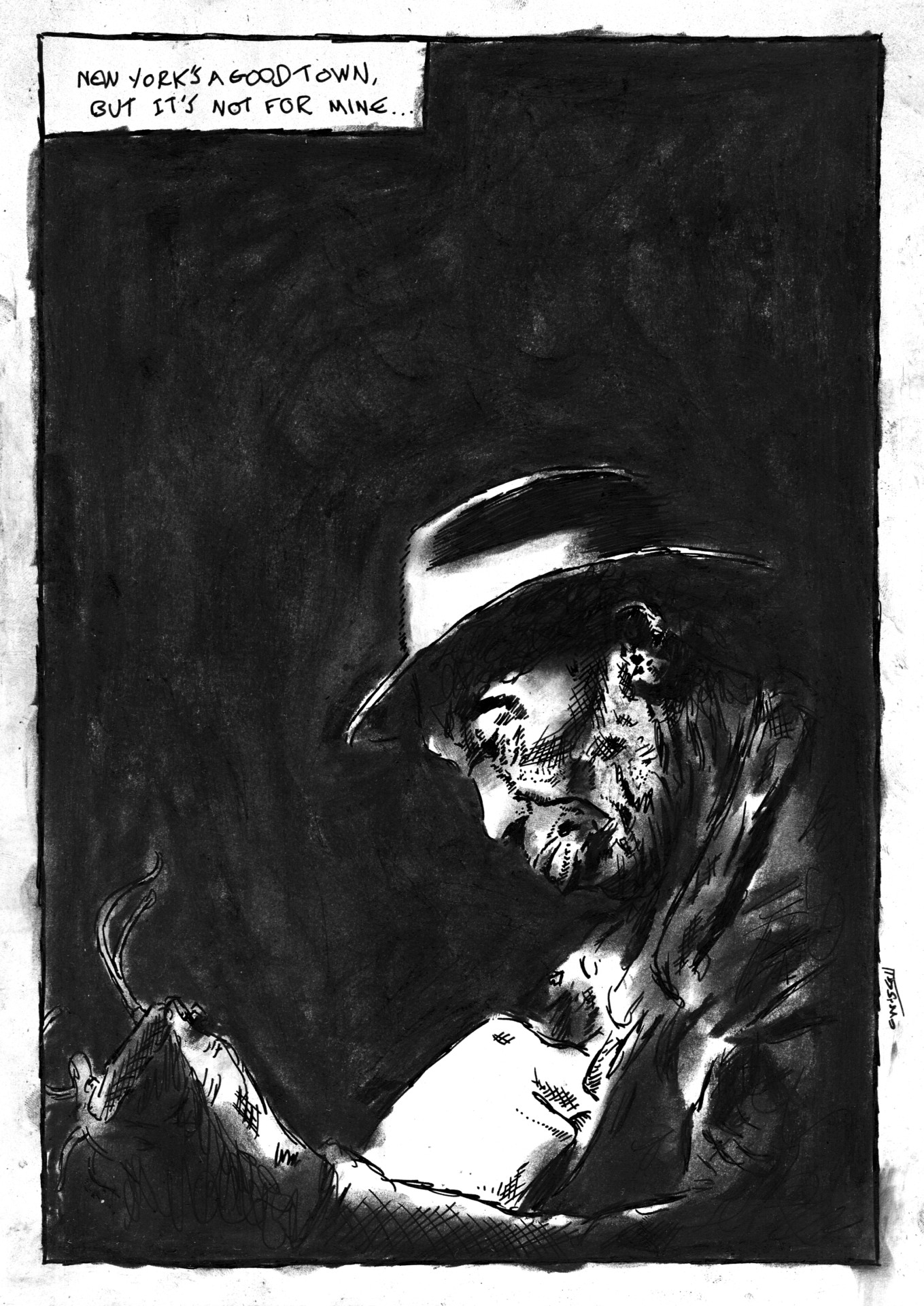Following on from a previous Boneyard article which mentions John Fahey road tripping around Mississippi and ‘rediscovering’ blues artists such as Bukka White and Skip James, it got me thinking about Mississippi John Hurt, and how he was similarly rediscovered in the same era. During the folk & blues revival of the 60s, and similar to archaeologists digging up ancient relics, many blues historians, like Fahey, hit the road in search of the forgotten artists who recorded classic delta blues records of the 1920s. Some of the artists were still alive and well. Some were in worse shape than others – as mentioned before, Skip James was found on a hospital bed.
The hunt was on for Mississippi john Hurt, who made a series of legendary recordings in 1923, then vanished. A scholar named Tom Hoskins discovered that Mississippi John Hurt, who hadn’t been heard from musically in over 35 years, was alive and living in Avalon, MS, and sought him out, following the only clue he had to go on, which was a lyric laid down in one of Hurt’s songs ‘Avalon is my home town’. Following the trail, Hoskins asked around and was told that a musician that fitted Hurt’s description lived in a shack at the end of a long dirt road. Hoskins knocked on the door and found Hurt, now a frail man in his 70s who had given up music and dedicated himself to a life of labour. At first Hurt thought that Hoskins was from the FBI and was there to arrest him. But after some explaining, he was put at ease, and when he was handed a guitar, he hadn’t forgotten a single note.
Hurt was weary from a lifetime of backbreaking labour but his musical ability was intact and sublime as ever.
A series of concerts were arranged, including an appearance at the Newport Folk Festival, where he was greeted as a living legend. This opened up a new world to Hurt, who was grateful to find thousands of eager fans yearning to listen to anything he had to sing or say. A tour of America followed, as did a series of recordings under Vanguard Records, with folk singer Patrick Sky producing and playing second guitar on some tracks.
On a side note, Patrick Sky was the author of the folk standard ‘Many A Mile’, and in his later years, became somewhat reclusive, turning his back on the American folk scene, which he was a big part of. He relocated to rural Ireland and dedicated the rest of his life to making and playing uillean pipes.
Mississippi John Hurt enjoyed late success in his music career, playing and recording right up until he passed away in the late 1960s. He was a humble, hard-working man who never sought fame or fortune from his music. It happened naturally. He was a pure musician, playing for himself for most of his life until fame came knocking on his shack door. I visited that shack last year, followed the same dirt road that Tom Hoskins did back in the 60s when he went searching. The shack still stands and is preserved by the Hurt family. I also visited the gravesite of Mississippi John Hurt, in the middle of a forest high on a hill in Avalon. His legacy lives on and his influence still stretches until today, 2023… exactly 100 years after he made his first recordings.







